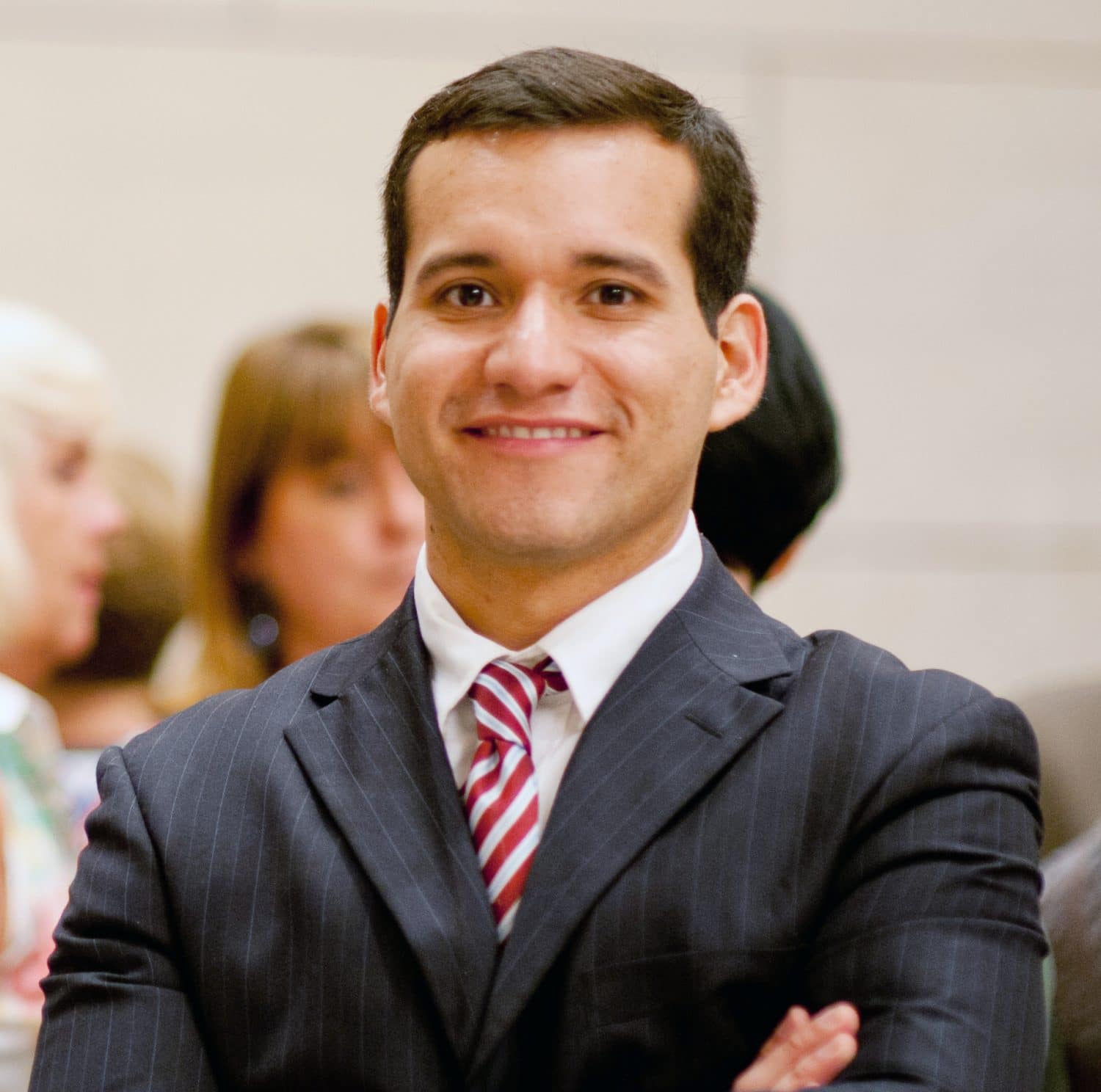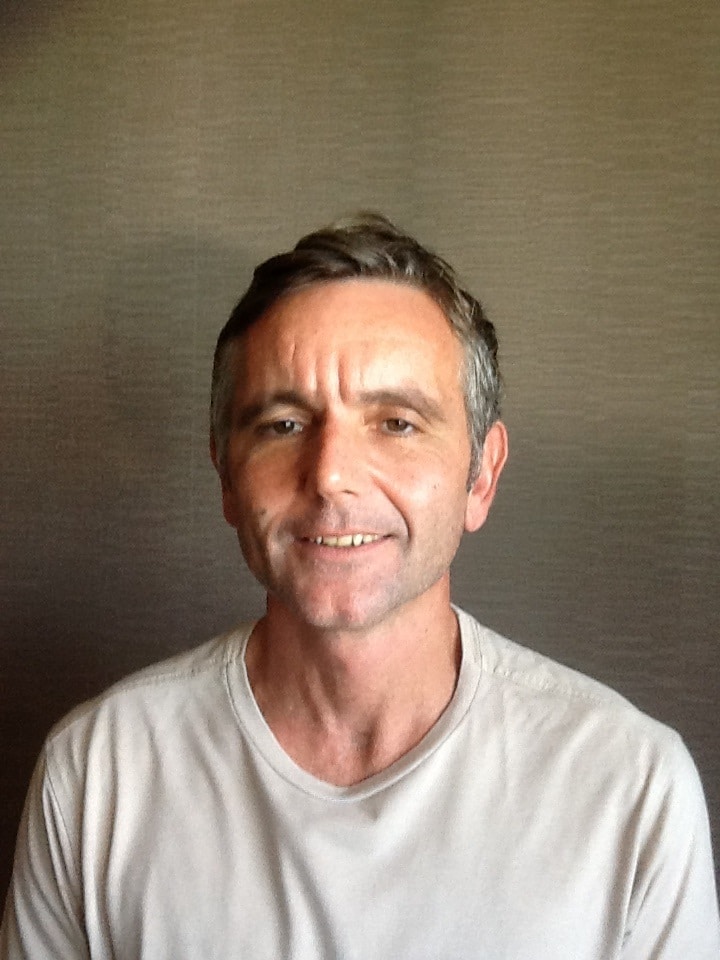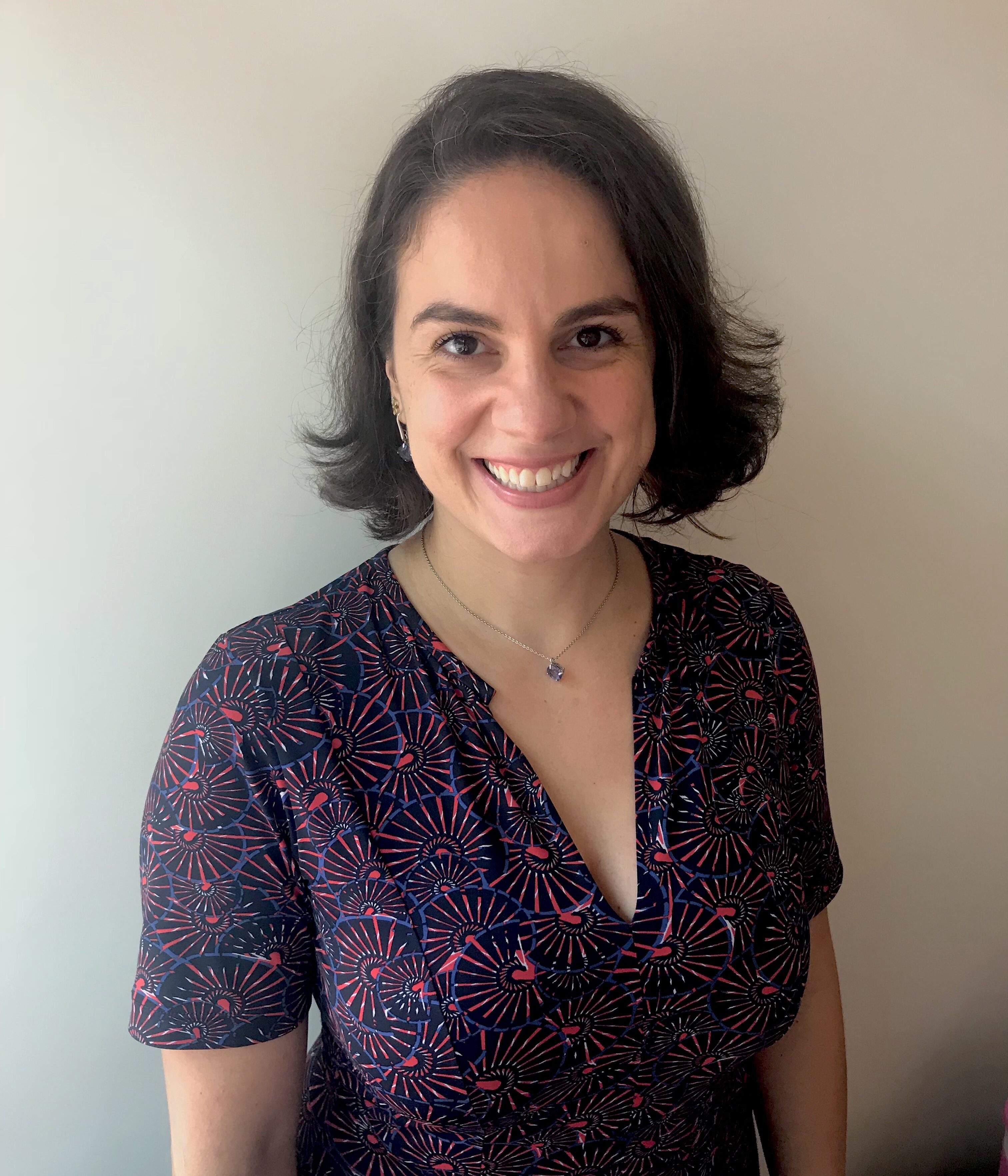What is the recipe to design a language course?
How long does it take to learn English? That is probably the one-million question of our era. At a time of fast-food, instant messages, real-time distance interaction, and quick fixes to (almost) everything, learning a language becomes one more item on our “fast-track” bucket list. As a way to attract market and become more competitive, several English language institutes in Brazil tend to sell quick-fix programs in which students are promised to speak English in as fast as one year (maybe less?). But do such programs really offer quality well-designed courses? What are the steps to designing a language course to the market?
First, it is important to define what it is to learn English. Learning English is defined by the context of language use. Is the learner going to travel? Use English for social interaction? Or for academic purposes? Will the learner speak only? Or write, too? These are a few possible contexts of language use that will help one define what it is to learn English. Huhta (2002) refers to this as language auditing. In other words, grasping a general understanding of the linguistic context of use prior to language planning.
Second, it is critical to determine what proficiency level is considered satisfactory to the identified demand. Now, language planning begins. Determining the target level of language proficiency means to establish can-do descriptors related to abilities and competencies needed to meet the needs of an identified context of use. These descriptors are fundamental for basically two core decisions: curriculum and assessment.
After identifying the skills and competencies needed to fulfill a specific context of use, language programming is ready to take place. Language programming means to describe what content is needed to support a desired set of abilities and competencies in the target language. Vocabulary, grammar, and language functions are now organized into units in order for teachers to implement instruction. In other words: a curriculum is set. The definition of a curriculum will also lead to prospecting the number of contact hours needed for learning to happen.
The definition of a curriculum is also followed by the definition of assessment tools. We know where we want to get, but how do we know we arrived? The establishment of performance indicators takes place along with instruments of evaluation in order to provide a valid and reliable method of assessment.
To sum up, as far as designing a language course, we have: (1) language auditing, (2) language planning, and (3) language programming. The final step is to choose and/or create resources that will support the implementation of the given language course. And now, the icing on the cake comes in: the teacher.
Teacher training is a paramount aspect for the success of any language course. Preparing teachers involve selecting instructional methods, defining lesson planning policies, training them in implementing curriculum and assessment tools , and – maybe most importantly – helping teachers establish a positive rapport with students to provide a comfortable learning environment.
Maybe designing a language course is not as easy as making a cake. However, following the right steps and using quality ingredients is as important in order to provide consumers the best product.





